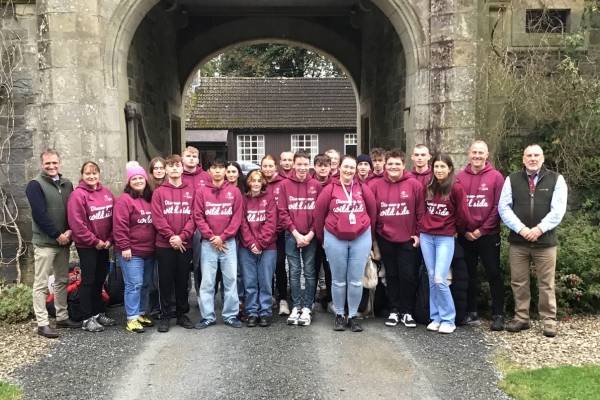
Northern Ireland vs Wales: game meat challenge
BASC Northern Ireland director Tommy Mayne updates on a game-based culinary and hospitality challenge spanning the Irish sea.
Get information on the legal shooting season for mammals and birds in the UK.
Apply for funding for your project or make a donation today
Comprehensive information and advice from our specialist firearms team.
Everything you need to know about shotgun, rifle and airgun ammunition.
Find our up-to-date information, advice and links to government resources.
Everything you need to know on firearms law and licensing.
All the latest news and advice on general licences and how they affect you.
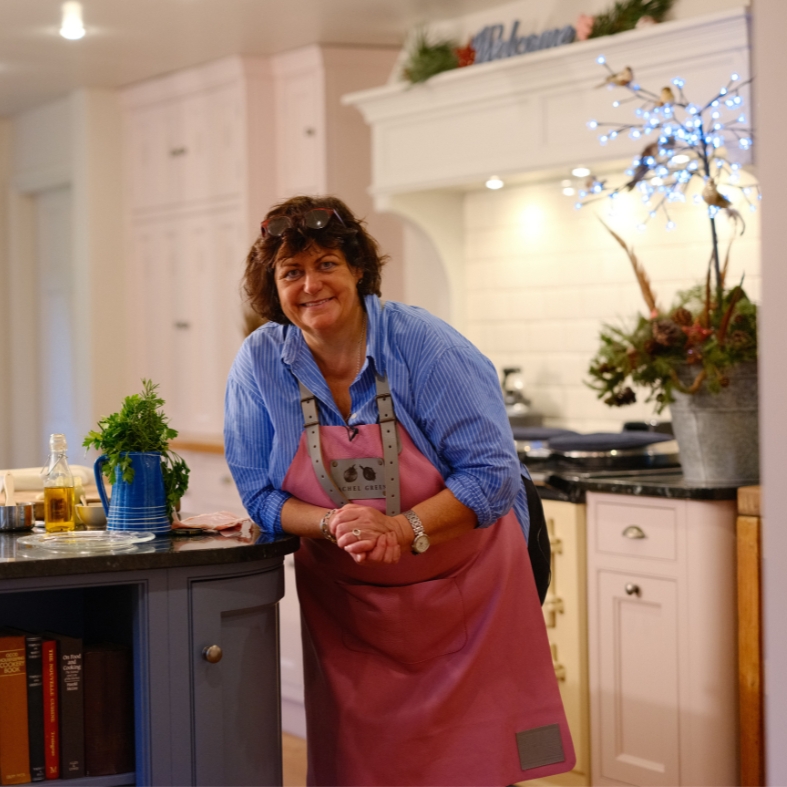

Try our three fabulous game recipes by Rachel Green this Christmas, perfect for any table over the festive season.
Christmas is a wonderful time to spend with family and friends. And, undeniably, the dinner table is the focal gathering place for all.
When we think of the perfect Christmas setting, a table filled with delicious food is in the top three must-haves, right up there with the Christmas tree and, of course, the gifts. And why not fill that table with fabulous wild game dishes?
BASC’s long-standing food ambassador, Rachel Green, welcomed us to her home to prepare three recipes for a perfect wild game Christmas feast.
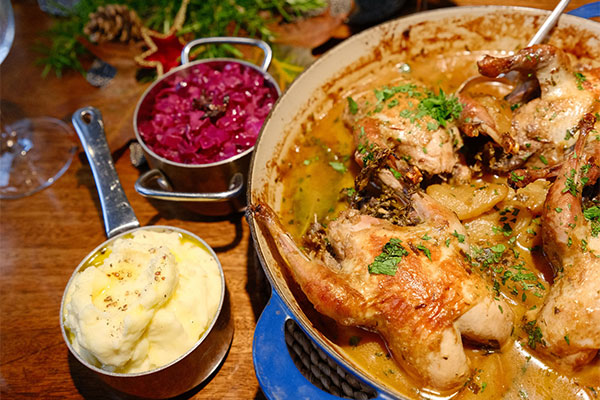
(Serves 4)
4 oven-ready partridges
4 small sprigs of fresh thyme
2 tbsp vegetable oil
75g butter
2 tbsp plain flour
Sea salt flakes
Freshly ground black pepper
300ml Perry cider
4 large shallots, peeled & diced
2 garlic cloves
Rind & juice of 1 lemon
2 bay leaves
750ml chicken/game stock
2 tbsp Dijon mustard
2 handfuls of fresh parsley, chopped
150ml cream
1 tbsp redcurrant jelly (optional)
4 small pears
1 tsp caster sugar
Braised red cabbage
Pomme purée
Preheat the oven to 180°C/160°C fan
Make sure the partridges are clean and dry inside by wiping them out with kitchen towel and place a sprig of thyme in the cavity of each bird.
Place a large frying pan over a medium heat. Add the oil and 25g of the butter. Season the flour with some salt and pepper and dust each partridge with the flour. Add the partridges to the pan and fry for around five minutes turning the partridges until all the sides are lightly coloured. Place the partridges in a casserole dish, breast side down. Deglaze the pan with a dash of the Perry and scrape into the casserole.
Using the same saucepan, melt another 25g of butter and fry off the shallots and garlic for approximately five minutes until soft and then add the lemon rind, bay leaves and the Perry. Reduce the Perry by half and then add the chicken/game stock to the pan. Stir in the mustard, a handful of chopped parsley and the cream. Add the redcurrant jelly (if using). Allow to reduce by half until the sauce has thickened. Season to taste.
Pour the sauce over the partridges, cover with a lid or foil, place in the preheated oven and cook for 20-25 minutes.
Whilst the partridges are cooking, add the lemon juice to a bowl. Peel, core and quarter the pears and toss in the lemon juice. Melt the remaining butter in a frying pan over a medium heat. Add the pear quarters to the frying pan, sprinkle over the sugar and fry gently on both sides until they start to caramelise. Remove from the heat and leave to one side.
About 10 minutes before the end of the cooking time, take the casserole out of the oven and turn the partridges over so that they are breast side up. Add the pears to the casserole and return to the oven for a further 10 minutes, or until cooked.
Remove the casserole from the oven, check the seasoning and scatter over the remaining chopped parsley.
Allow the partridges to rest uncovered for at least 15 minutes before serving with some braised red cabbage and pomme purée.
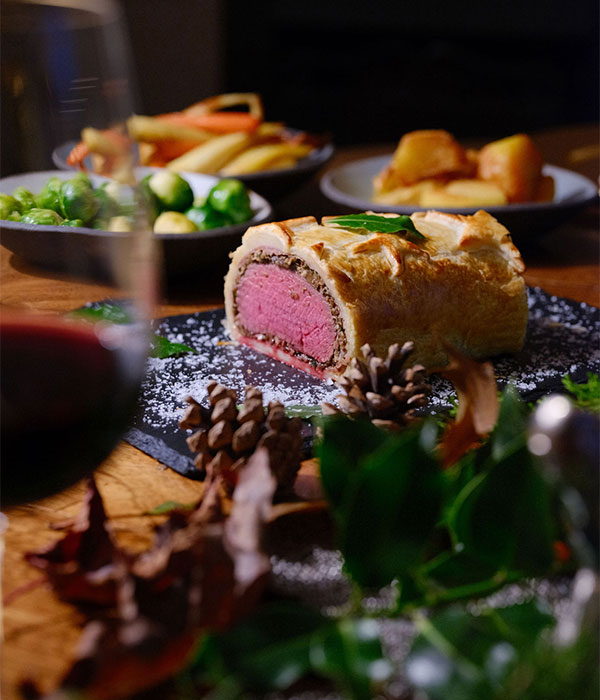
(Serves 4)
650g venison loin, trimmed & all silver skin removed
Sea salt flakes
Freshly ground black pepper
1 tbsp olive oil
50g butter
2 large shallots, peeled & finely chopped
2 garlic cloves, finely chopped
400g chestnut mushrooms, finely chopped
25g dried porcini mushrooms, soaked in warm water, drained & finely chopped
½ tbsp fresh chopped thyme leaves
1 tbsp fresh chopped parsley
1 tbsp white truffle oil
8 slices Parma ham
1-2 tbsp Dijon mustard
1 x large sheet ready rolled puff pastry
2 egg yolks, beaten
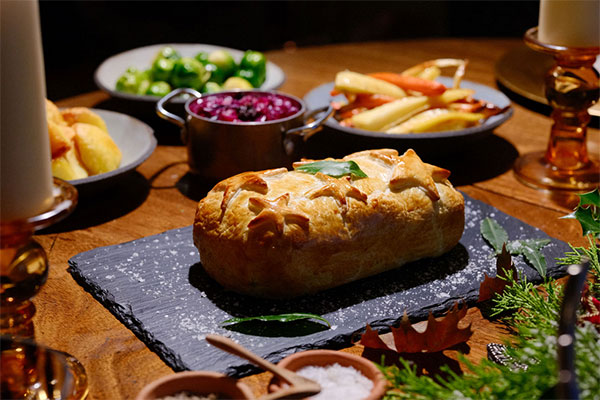
Dry the venison loin with kitchen towel and season well. Heat the oil in a frying pan and sear the venison all over. Remove from the pan, allow to cool and then chill for 30 minutes in the fridge.
Add the butter to a frying pan and fry the shallots and garlic until softened. Add the mushrooms and herbs and season with a little salt and pepper. Cook for around 10 minutes until you have a paste-like mixture. Stir in the truffle oil, remove from the heat and allow to cool.
Using a clean surface, overlap two or three sheets of cling film and lay the Parma ham on the cling film in two rows, slightly overlapping the slices. Using a palette knife, spread the cold mushroom mixture over the Parma ham, leaving a thin border all the way around.
Take the venison out of the fridge, brush one side with a little mustard and place mustard side down in the centre of the Parma ham slices. Then brush the top and sides of the venison with the remaining mustard.
Using the cling film, carefully wrap the mushroom mixture and Parma ham around the venison loin. Roll into a sausage shape, twisting the cling film at either end to tighten around the venison. Return the venison to the fridge to firm up for 30 minutes.
Unroll the puff pastry sheet and lay it on a piece of baking parchment. Unwrap the cling film from the venison and lay the venison in the centre of the pastry sheet. Fold one half of the pastry sheet over the venison and lightly brush the edge of the pastry with a little beaten egg. Fold the other half of the pastry sheet around the venison to encase it, pressing the edge of this pastry half over the other edge (which has been brushed with the beaten egg) to seal.
Neatly fold the ends of the pastry to form a parcel, using a little water to help seal the edges of the pastry together. Transfer to a lightly greased non-stick baking sheet. Smooth the pastry around the meat with your hands, expelling any air bubbles. Add a pastry decoration to the top of the wellington if desired (e.g. stars for Christmas) and brush the top and sides with a little beaten egg. Chill in the fridge for about an hour.
Meanwhile preheat the oven to 220°C/200°C fan.
Twenty minutes before you want to cook the wellington, take it out of the fridge to come up to room temperature.
Bake in the preheated oven for 30 minutes (or 35 minutes for medium). Remove from the oven and brush with a little extra beaten egg to add a shine to the pastry. Allow to rest for 10-15 minutes before serving.
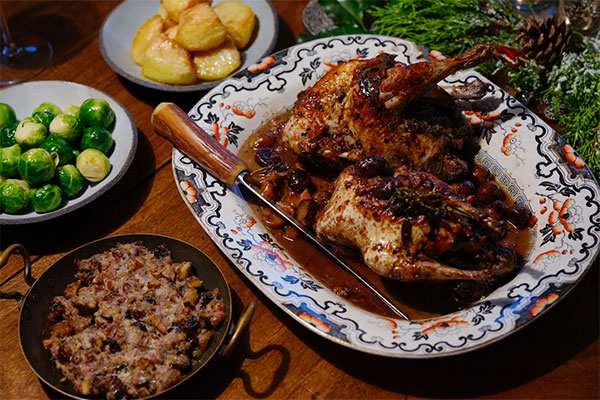
(Serves 4)
2 oven-ready pheasants
Sea salt flakes
Freshly ground black pepper
30g butter, plus a knob of butter
3 tbsp olive oil
4 shallots, peeled & trimmed
150g diced, smoked Pancetta
150g whole cooked chestnuts, roughly chopped
3 juniper berries, crushed
4 sprigs of fresh thyme
2 bay leaves
250ml sloe gin
100ml white wine
A little fresh parsley, chopped
250g sausage meat
50g dried cranberries
50g finely diced Pancetta
200g pack of whole cooked chestnuts, chopped
A handful fresh sage leaves, chopped
2 tbsp chopped fresh parsley
1 tbsp double cream
Mashed potatoes
Buttered Brussels sprouts
Preheat the oven to 180°C/160°C fan
Make sure the pheasants are clean and dry inside by wiping them out with kitchen towel.
To make the stuffing, mix all the ingredients together in a large bowl; divide half the stuffing between the two pheasants and cook the remaining half separately in an ovenproof dish. Season the birds with a little salt and pepper and leave to one side.
Add the butter and two tablespoons of olive oil to a frying pan, place the pan over a medium heat and brown the pheasants on all sides. Place the pheasants in a casserole dish, breast side down.
Then in a clean pan, fry the shallots and 100g of the Pancetta in the remaining oil until the mixture begins to turn golden brown. Add 100g of the chestnuts to the pan and cook for a further minute. Transfer the mixture to the casserole dish, add the juniper berries, thyme, bay leaves, 200ml of the sloe gin and the wine, season with a little salt and pepper, cover with a lid and place in the preheated oven for 30 minutes.
About 10 minutes before the end of the cooking time, take the casserole out of the oven and turn the pheasants over. Cover with a lid and return to the oven for a further 10 minutes.
When the pheasants are almost cooked, fry the remaining Pancetta and chestnuts in a frying pan with a knob of butter until golden brown.
Remove the pheasants from the casserole dish and skim off any excess fat. Place the casserole dish over a medium heat, add the remaining 50ml sloe gin and allow the sauce to reduce and thicken slightly. Taste and adjust the seasoning if necessary.
Place the pheasants on a serving dish, garnish with the golden Pancetta and chestnuts and sprinkle over the chopped parsley.
Serve immediately with mashed potatoes, buttered Brussels sprouts and the remaining stuffing.
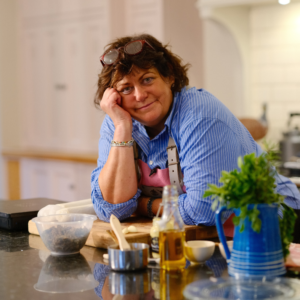
Rachel Green comes from a family of farmers and talented cooks. She started cooking very early in her life, and when she wasn’t experimenting in the kitchen, she could be found lambing the ewes, shooting game, or skinning deer.
Rachel believes that great food is all about the quality of the ingredients, and one of her favourite activities is to share great local food with friends.
She is an award-winning chef, local food campaigner, food stylist, TV celebrity and author.
Rachel has been working with BASC for 20 years, five as a BASC ambassador, helping to promote game as a healthy, sustainable, accessible and easy-to-cook choice for any meat lover.

BASC Northern Ireland director Tommy Mayne updates on a game-based culinary and hospitality challenge spanning the Irish sea.
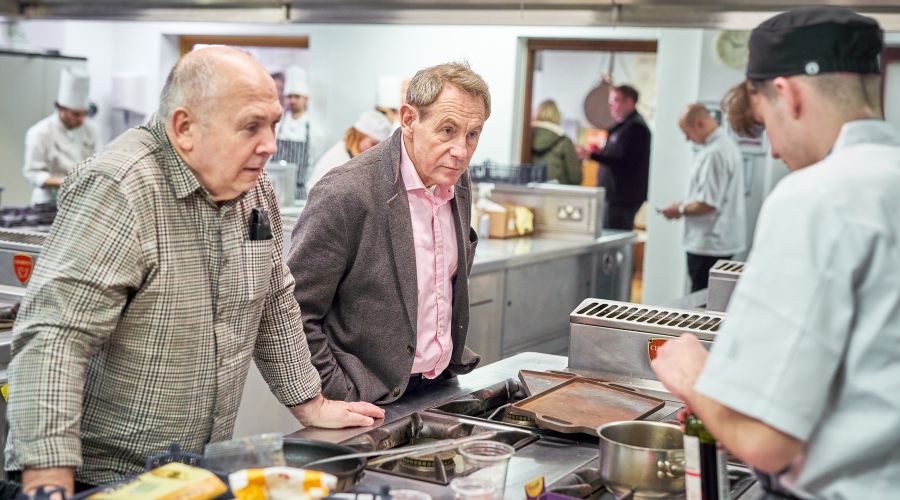
This year students are challenged to create a starter using either venison loin or shoulder.
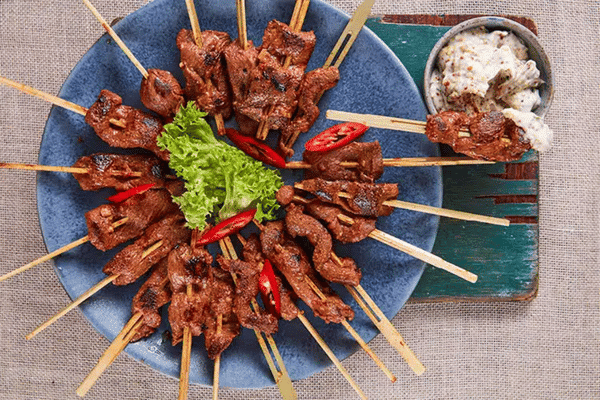
Whether you’re cooking a full Christmas dinner, a few nibbles, or catering for a complete New Year’s Eve party, we’ve got you covered with a selection of recipes.